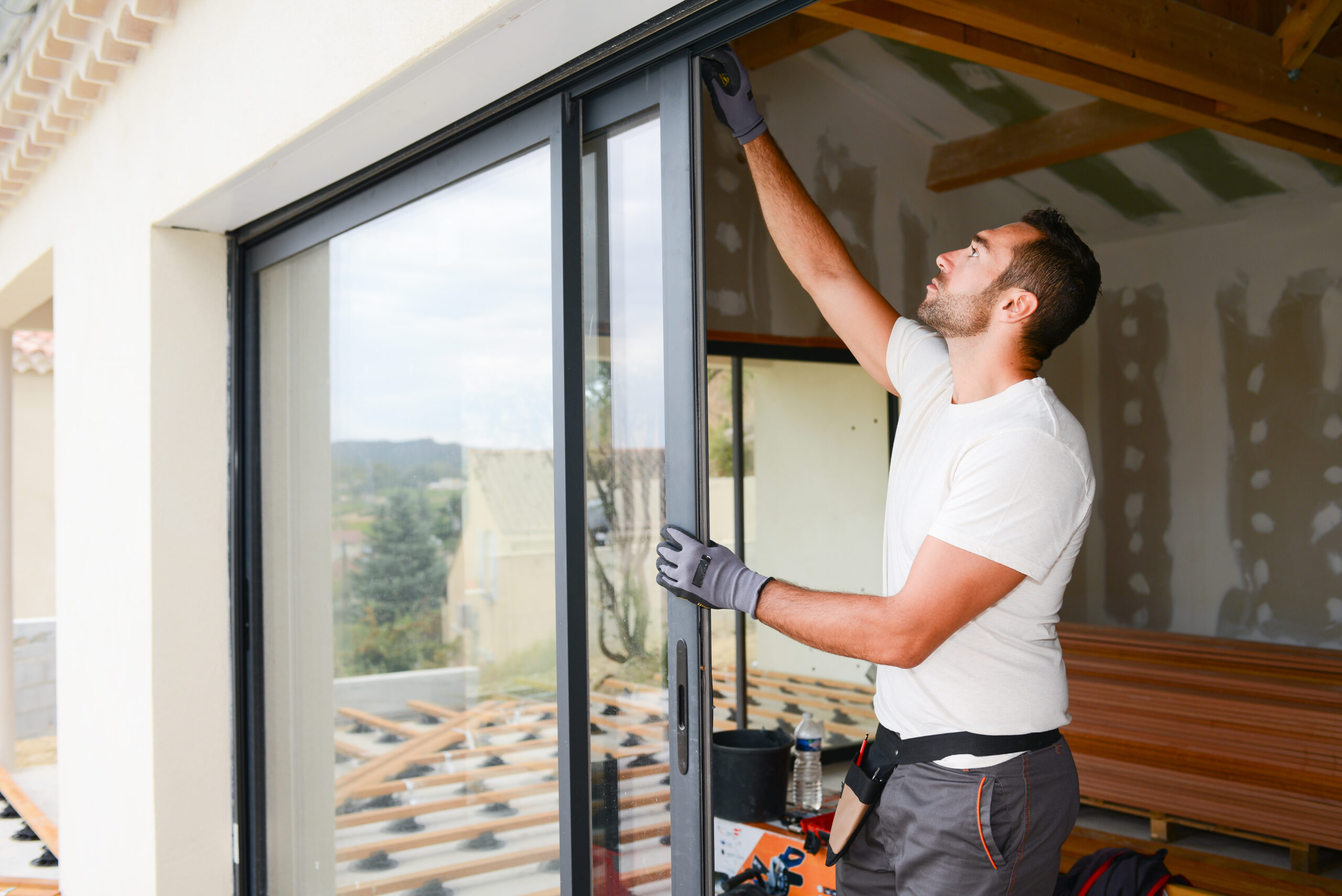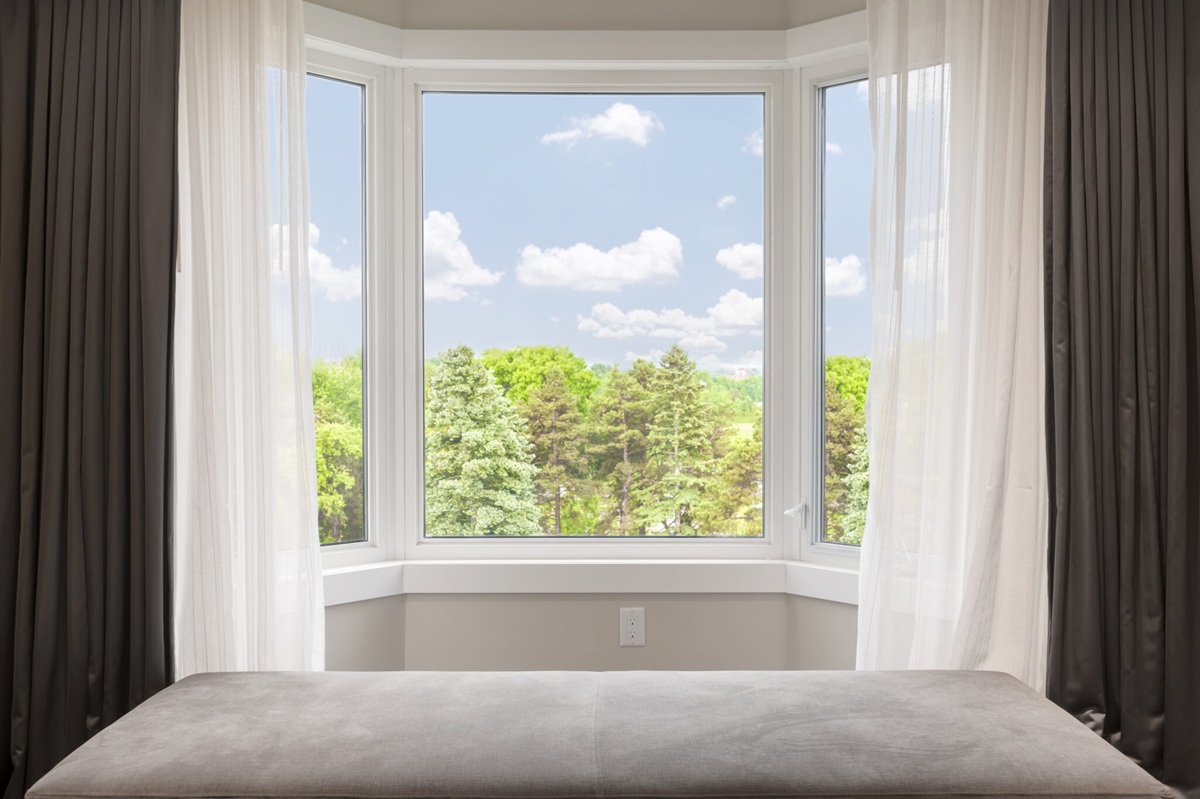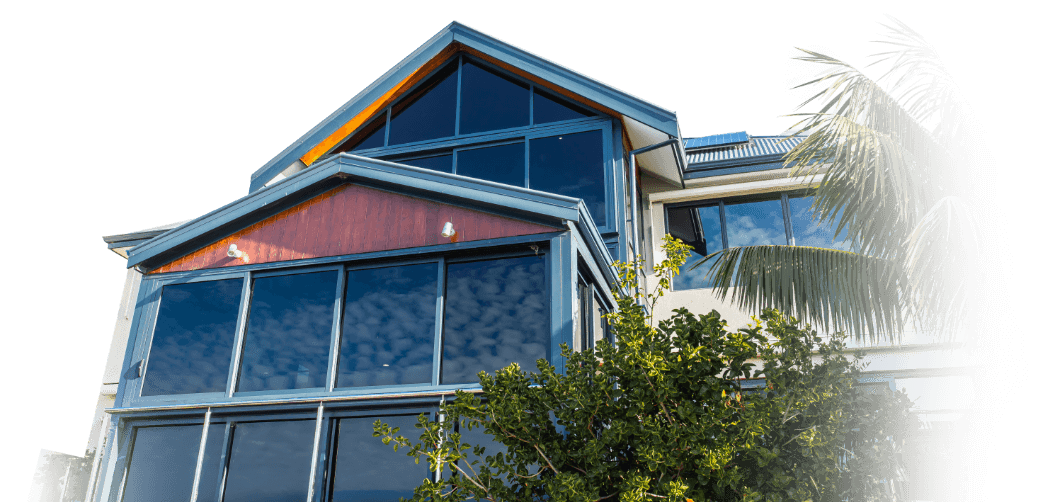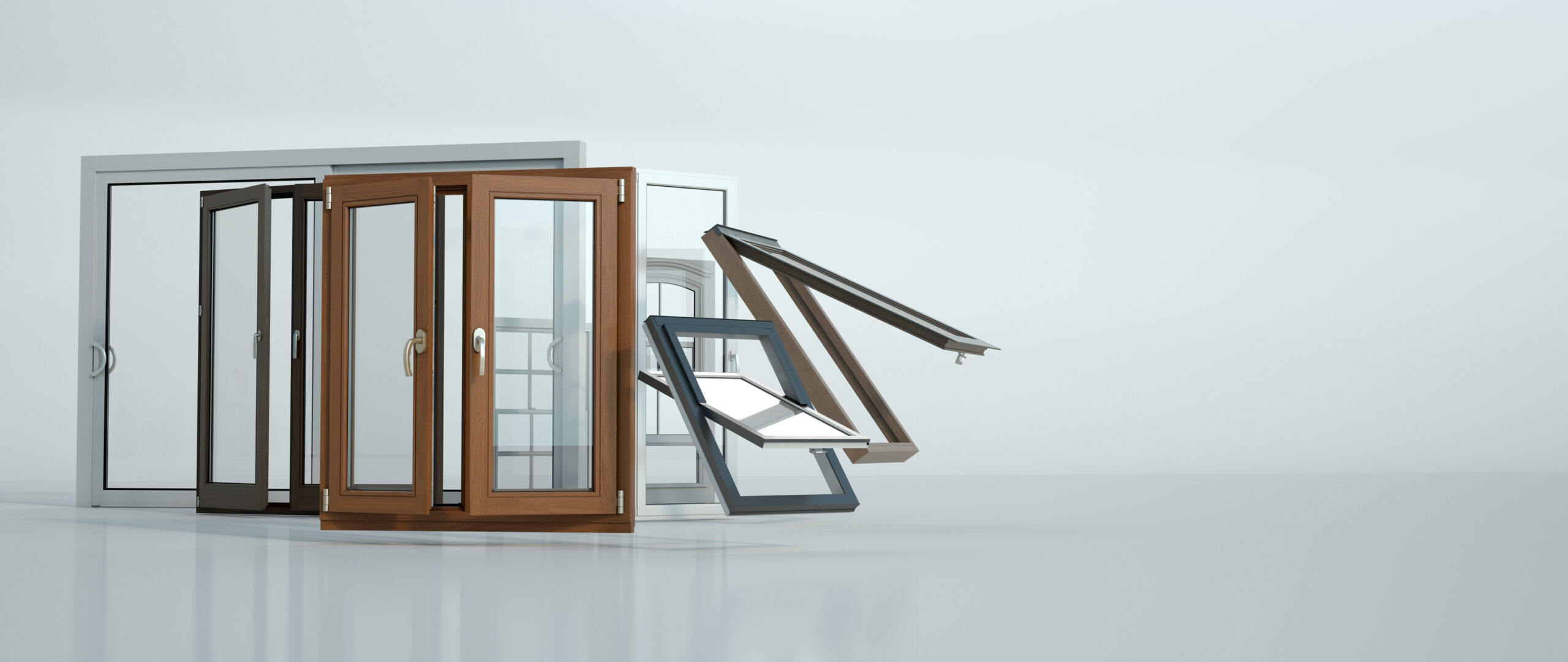
So you want to retrofit/renovate your windows and give your home a new lease on life? The only problem is, you have no clue where to start. We don’t blame you. As a homeowner, navigating the options available for window retrofitting and renovation can be overwhelming. There’s a lot to consider, particularly for older homes. The many different types of windows, costs, materials, and more. So let’s break it down for you, and give you the tools you need to get started on upgrading your windows.
Retrofitting your windows can increase your property value and lower your energy bills, on top of improving how your space looks and how can you use it. All of this can be achieved with a cost-effective upgrade to your window frames and glass.
Understanding the different types of windows
Windows come in a variety of shapes and sizes, and It can be daunting trying to work out what the different types of windows available are, let alone which one you need for window replacement. Here are a few of the most common types of windows available today, as well as a few pros, cons, and practical uses for your home:
Sliding windows
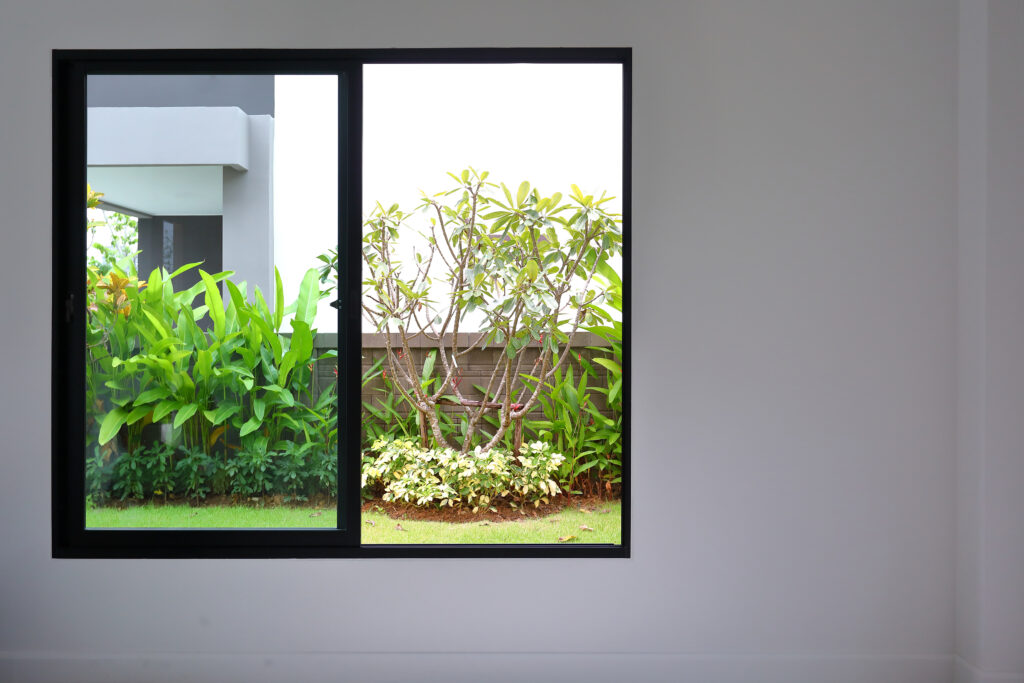
These windows slide open horizontally and are great for areas where there is limited vertical space.
Pros: Cost-effective, modern look, and added security with sliding stop/lock system. The horizontal sliding mechanism makes the windows easy to operate and requires less ongoing maintenance costs, compared to single or double-hung windows.
Cons: Not as energy-efficient as other types of windows. Unsuitable for shower recesses, unless positioned well above the shower head, as water can get trapped in the tracks causing mould. Upper-level and pool-accessing windows require opening restrictors.
Practical Use: Sliding windows are a great choice for most rooms in modern homes with a minimalist design.
Awning windows
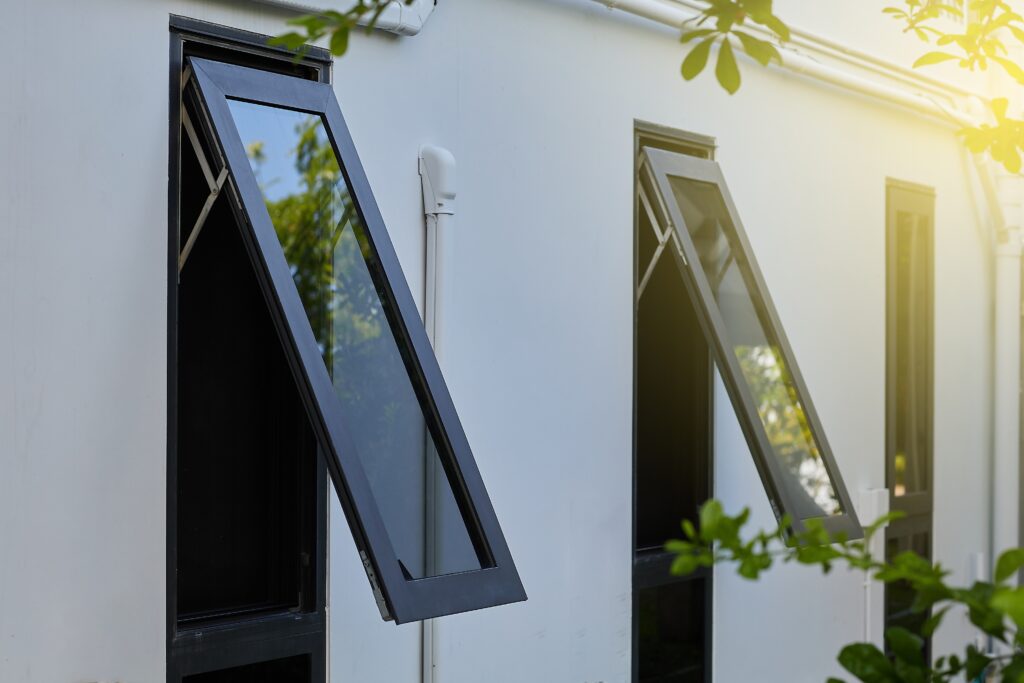
These windows are hinged at the top and swing outward, allowing for ventilation even when it is raining.
Pros: Good ventilation, can be left open when it’s raining. No tracking system, which makes them perfect for bathrooms/showers.
Cons: Limited size options. Upper-level and pool-accessing windows require opening restrictors.
Practical Use: Awning windows are a great choice for areas that need good ventilation but require privacy, such as bathrooms.
Fixed windows
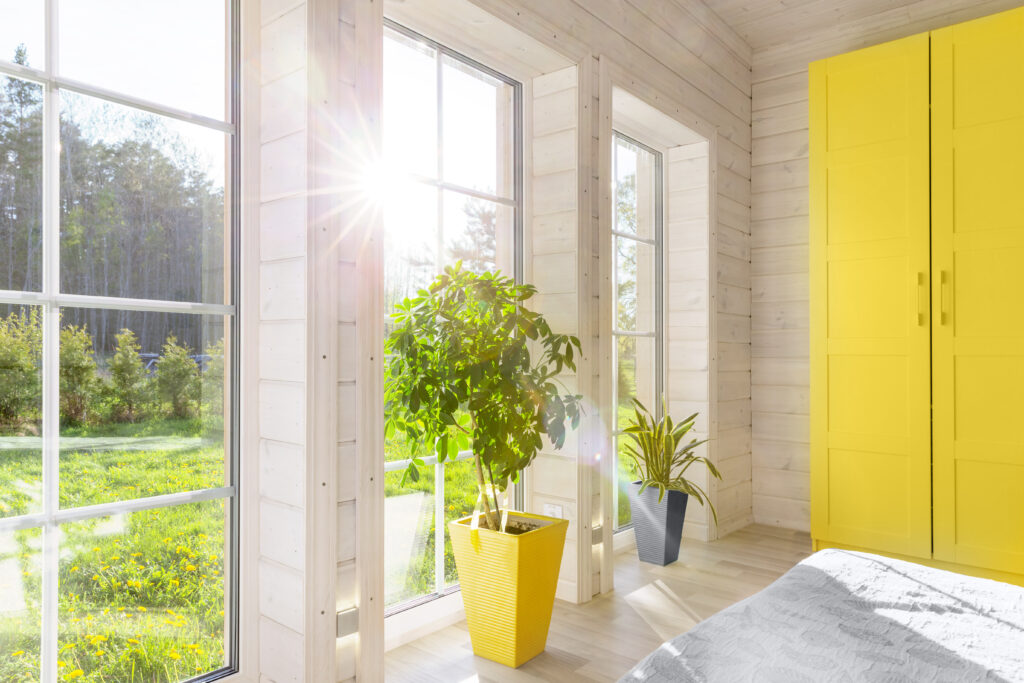
Often referred to as Picture windows, these are fixed in place and do not open. They are great for allowing natural light into a room and showcasing a view.
Pros: Energy-efficient, provide a view and natural light.
Cons: No ventilation.
Practical Use: Fixed windows (picture windows) are a great choice for areas that need natural light but don’t require ventilation, such as hallways and stairwells. Use them in conjunction with casement, louvre or other windows to improve aesthetics.
Bi-fold Windows
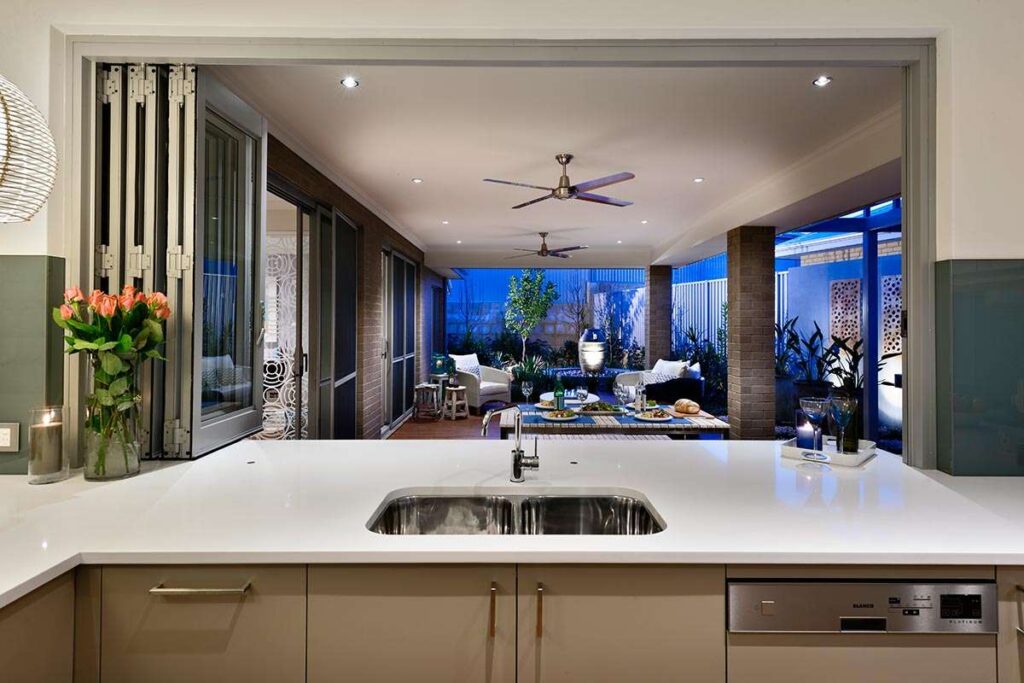
These windows consist of a series of panels, which fold against each other to open and close. They create a large opening, allowing a lot of natural light and air in, on top of connecting a room to an outdoor area.
Pros: Modern and stylish look, customisable, versatile and very energy efficient. Opens up fully to maximise a view or connect to outside areas. Can add a lot of value to a home.
Cons: Expensive to install and repair, due to the multiple panels and mechanical elements.
Practical use: Bi-fold windows are a fantastic option for opening a room to the outdoors, particularly when wanting to connect a kitchen area to an outdoor entertaining area. Having benchtop access from both inside and outside makes entertaining a breeze.
Bay windows
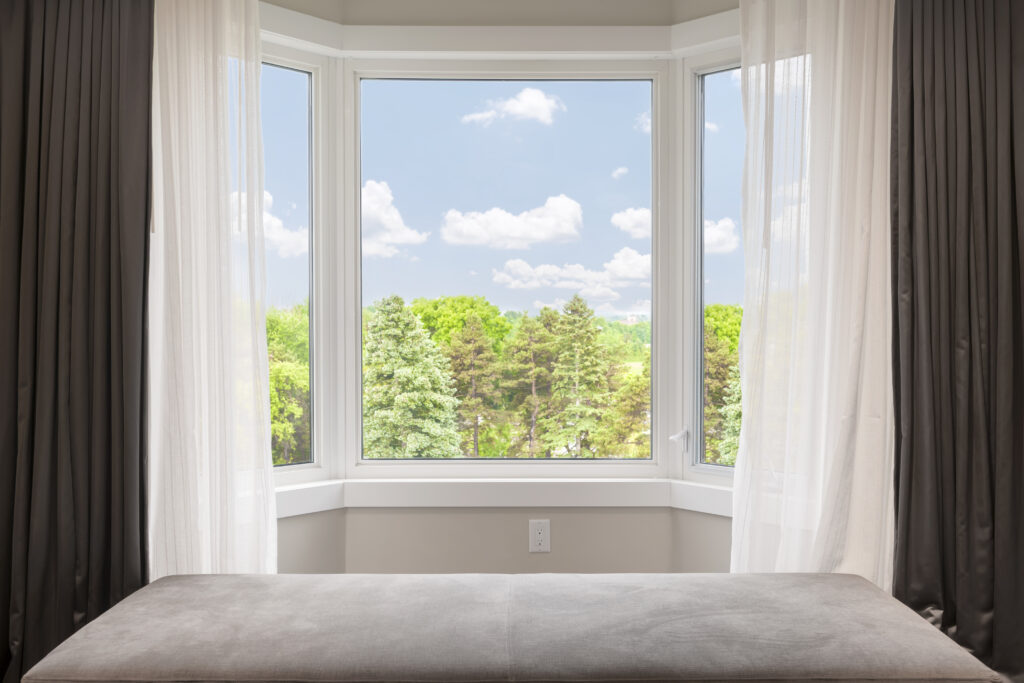
These windows protrude from the exterior of the home and provide a panoramic view. They consist of one large fixed window in the centre with smaller operable windows on either side.
Pros: Panoramic view, make a room feel larger and more connected to the outdoor area.
Cons: Very expensive to install.
Practical Use: Bay windows are a great choice for living rooms, dining rooms, or any room that needs more natural light. Typically though, these need to be considered in the building process of a home or as part of an extension.
Read our blog on bay window renovation ideas here.
Louvre windows
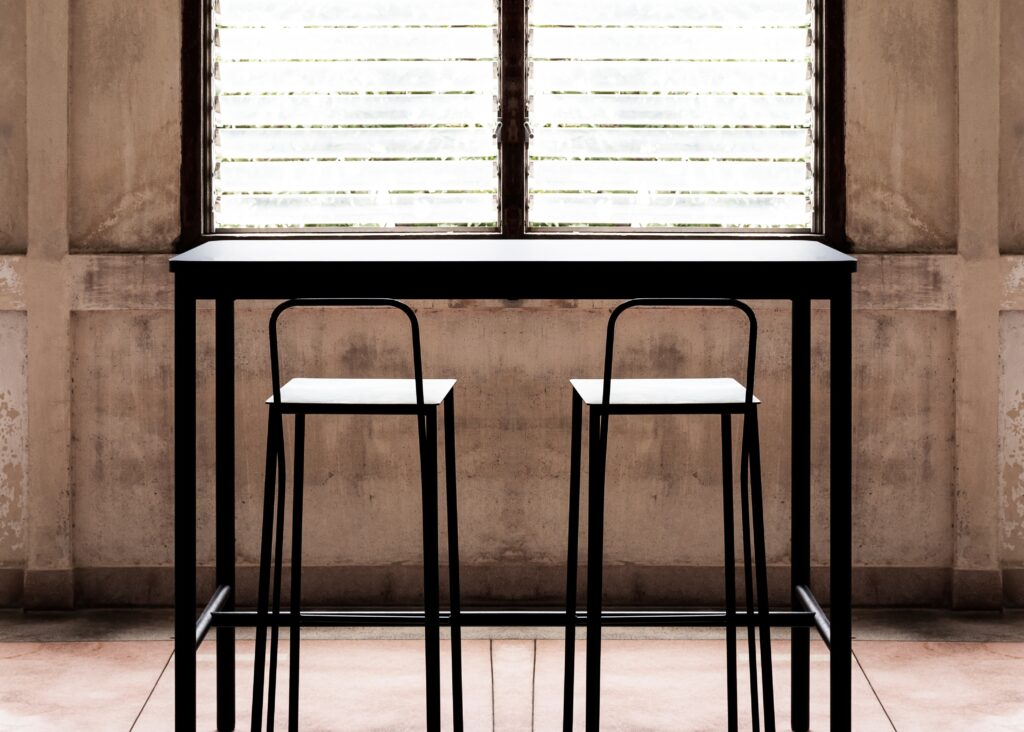
Consisting of horizontal glass slats, these windows can be tilted or angled to control the amount of airflow and light entering a room.
Pros: Takes up less space than fully opening windows, allows great ventilation, and has a variety of opening/closing mechanisms. Louvre windows are considered one of the more stylish and practical types of windows.
Cons: Louvre blades typically come in fixed sizes and can be somewhat difficult to clean. Unsuitable for exposed locations with strong winds. Expensive compared to other window types.
Practical use: These are a great option for allowing ventilation between rooms in your home – cooling your home by increasing airflow.
Casement windows

Casement windows are hinged on one side and swing open. They offer a stylish, modern look and provide great ventilation with unobstructed views.
Pros: Good ventilation, easy to clean, optional opening restrictors are available for added security. The solid commercial frame adds support and has a distinctive chunky look.
Cons: Not suitable for all architectural styles. Poor functionality when paired with security screens or flyscreens, as the screen has to be removed to open/close the window.
Practical Use: Smaller casement windows are a great choice for areas that need good ventilation, such as kitchens or bathrooms. Larger casement windows are a stylish way to make the most of your view and can be used in more public rooms.
Double-hung windows

Similar to single-hung windows, however, both panels can be adjusted – providing better ventilation. Double-hung windows should be fitted with spiral spring balances, to ensure the windows open and close smoothly.
Pros: Both panels are movable, making cleaning easier and offering better ventilation.
Cons: More expensive than single-hung windows. Unsuitable for shower recesses. The vertical sliding mechanism means that gravity will always be working against the window, making them more susceptible to damage, and therefore maintenance costs.
Practical Use: Double-hung windows are a great choice for rooms that need ventilation, such as in kitchens or bathrooms.
Single-hung windows
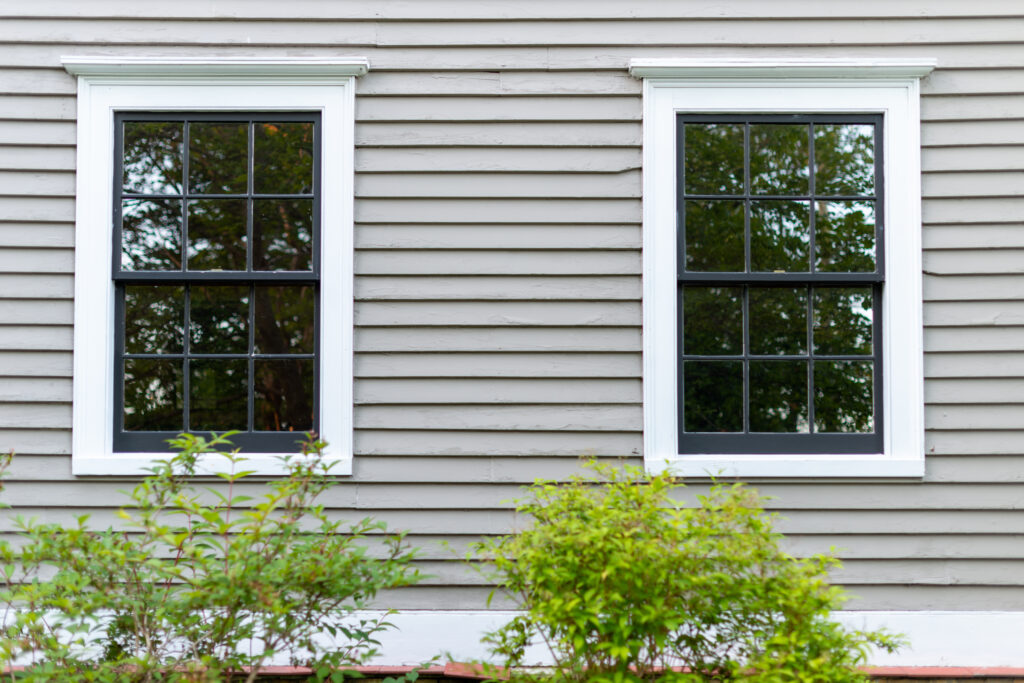
These traditional windows consist of two panels, one of which is fixed, and the other can be raised or lowered.
Pros: Affordable, easy to install, energy-efficient, offers good ventilation.
Cons: Only one panel is movable, making cleaning difficult. Less aesthetically pleasing than other windows. Prone to damage and ongoing maintenance costs, due to the vertical sliding mechanism.
Practical Use: Single-hung windows are a great choice for bedrooms, living rooms, and other areas where natural ventilation is important. A rivet can be fixed to a double-hung window, to convert it into a single-hung.
Specialty windows
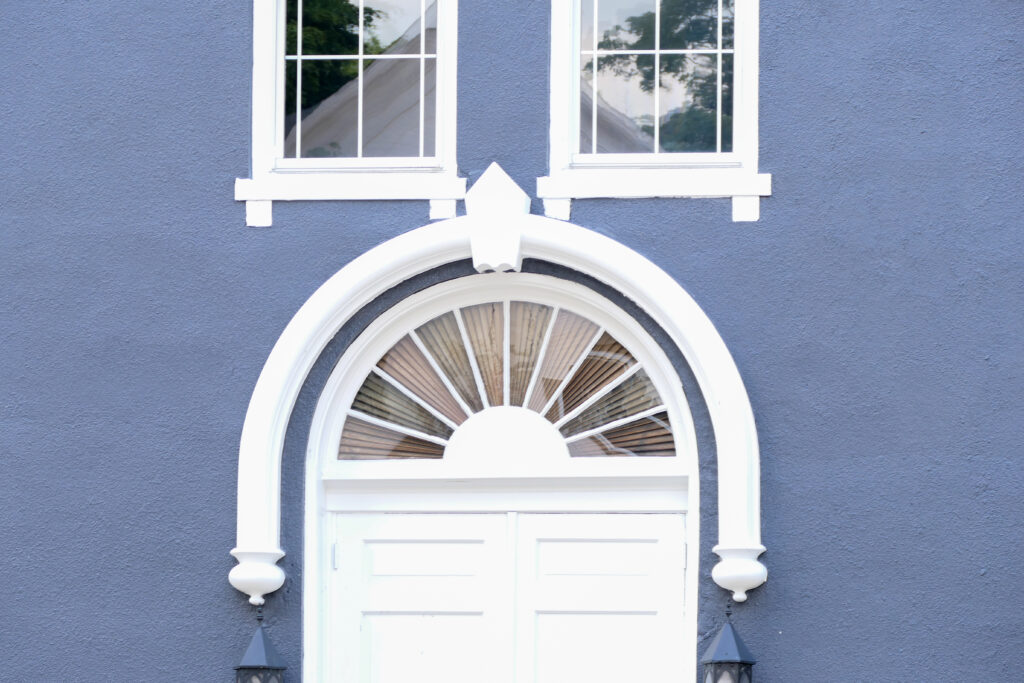
This category includes unique shapes and designs, such as skylights, transoms, and stained glass windows.
Pros: Aesthetically pleasing, great options for allowing natural light in unique ways, and highly customisable.
Cons: Can be very expensive and usually doesn’t have any functionality.
Practical use: A transom above your front door can add natural light and accentuate the entrance to your home.
Window Frame Materials
On top of the many different types of windows, there are a variety of materials available for window frames. Each frame material has its own unique set of pros and cons, which impacts cost, durability, and aesthetic appeal. Here are a few of the most common materials used for window frames:
PVC
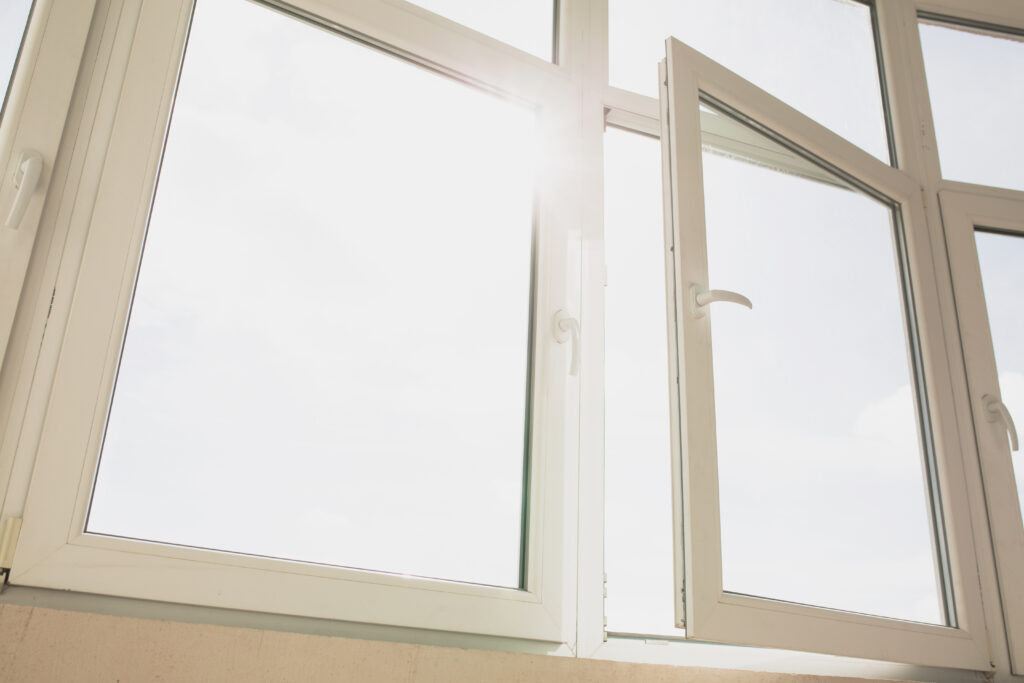
PVC window frames are made of a plastic material that is lightweight, energy-efficient, and low maintenance. They are one of the cheapest options when it comes to frames, but this is reflected in their appearance. They also aren’t as durable as other materials, as exposure to direct sunlight can cause them to warp and discolour over time.
Wood
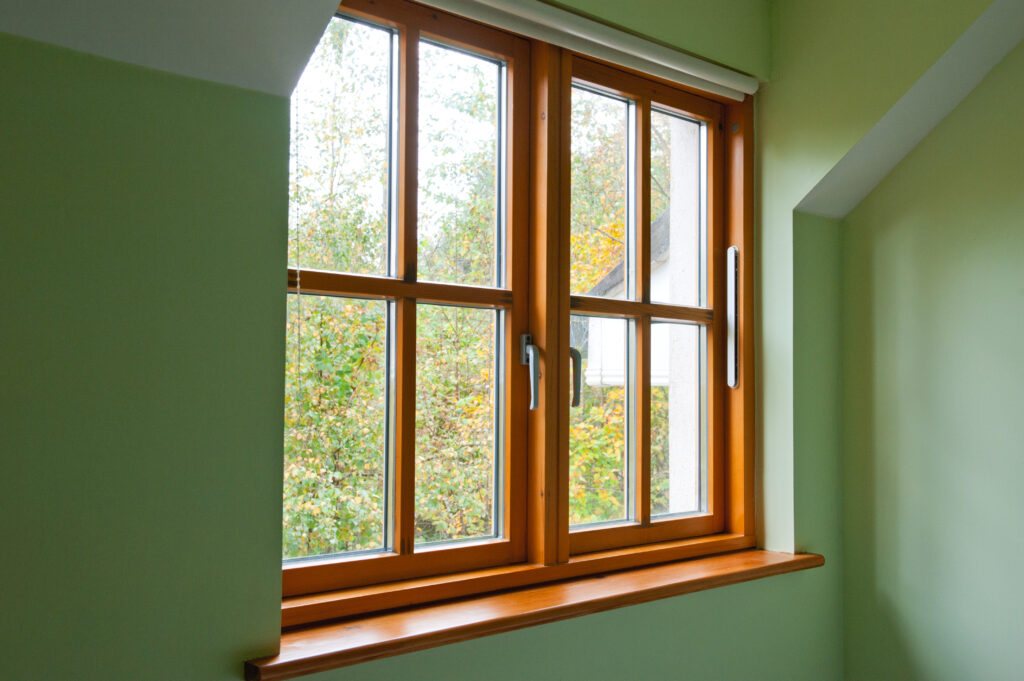
Wooden window frames are a classic choice for more traditional homes and have a warm and natural aesthetic. They are also very energy-efficient and durable, with a lifespan of up to 30 years or more. However, wood frames require regular maintenance and can be susceptible to rot, warping, and insect damage.
Aluminium
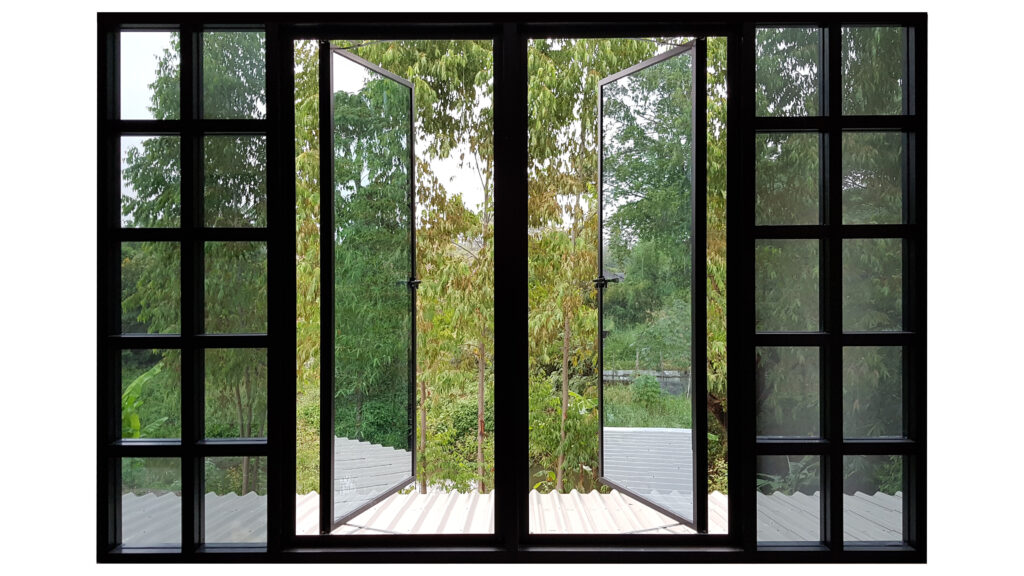
Aluminium window frames are strong, durable, and resistant to weather and corrosion. They are also lightweight and low-maintenance. While aluminium is not as energy-efficient as some other materials, it ranks significantly higher in terms of durability and looks. Meaning you can trust them to stand the test of time, without ongoing maintenance costs.
Fibreglass
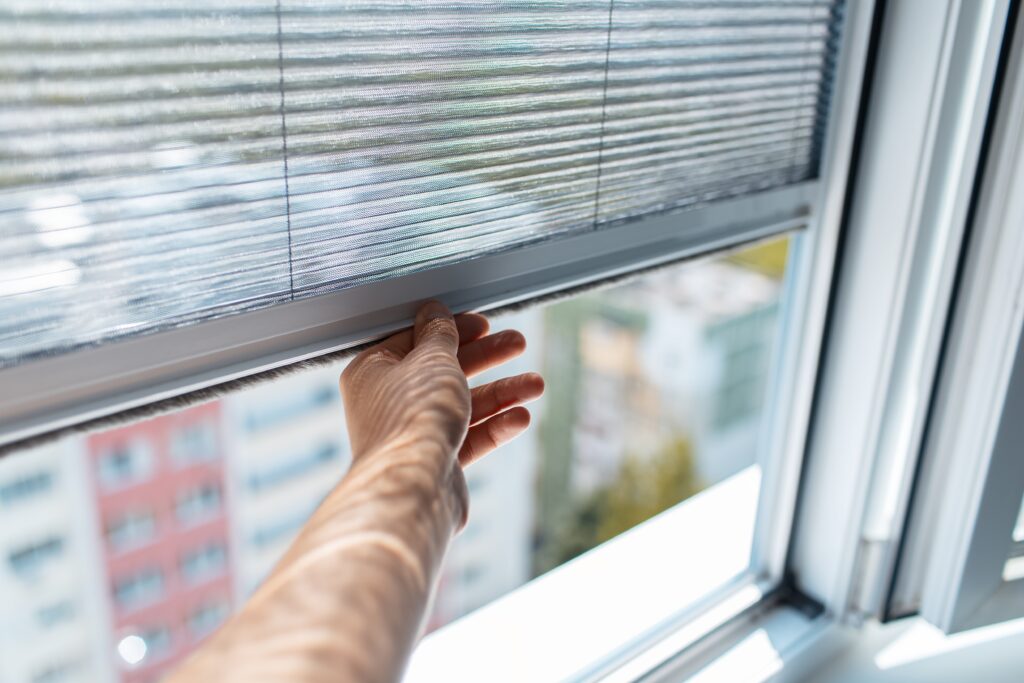
Fibreglass window frames are strong, energy-efficient, and low-maintenance. They are also resistant to weather, corrosion, and insect damage. However, fibreglass frames are considerably more expensive than other materials and are not as widely available.
Composite
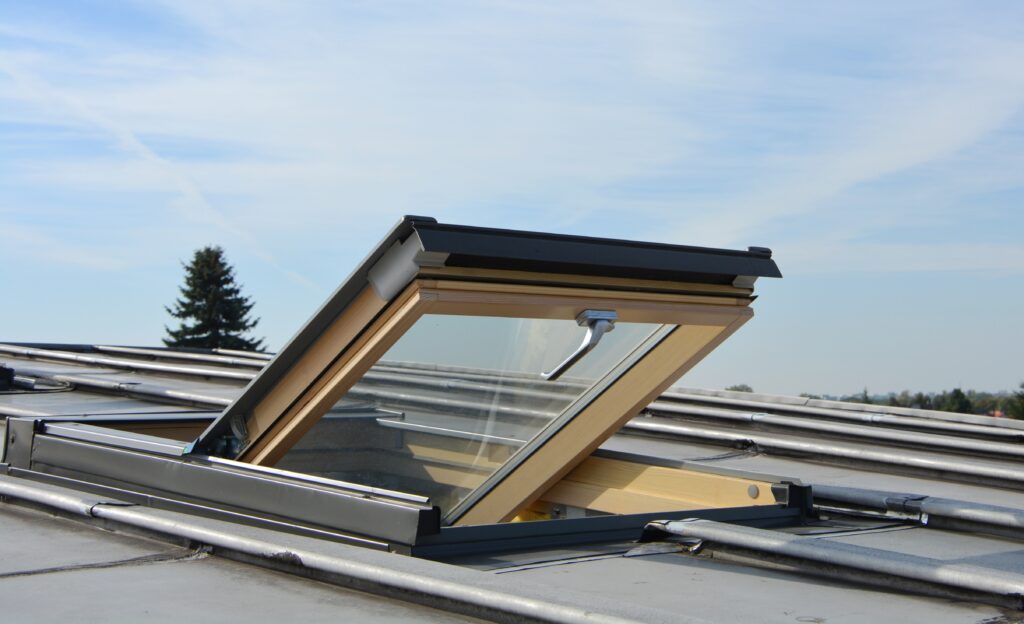
Composite window frames are a combination of materials, such as a mixture of aluminium and wood. They offer an energy-efficient and low-maintenance solution but are typically more expensive than other options. By blending the materials, you can achieve the aesthetics you want, and get the peace of mind of durability.
In addition to the material, the quality of the frame construction and installation can also affect the performance and longevity of the window. If frames are incorrectly installed, they become susceptible to a range of issues that will hurt you in the long run. Including, leaky windows, condensation build-up, and mould, to name a few. It’s important to work with a professional window installer who can help you choose the right material and ensure proper installation for optimal performance and durability.
Energy Efficiency Considerations
When it comes to retrofitting windows, one of the primary concerns for homeowners is improving energy efficiency. Older windows can be a significant source of energy loss, resulting in higher energy bills and a less comfortable home. Here are some energy efficiency considerations for retrofitting windows:
Understanding U-Factor and Solar Heat Gain Coefficient (SHGC)
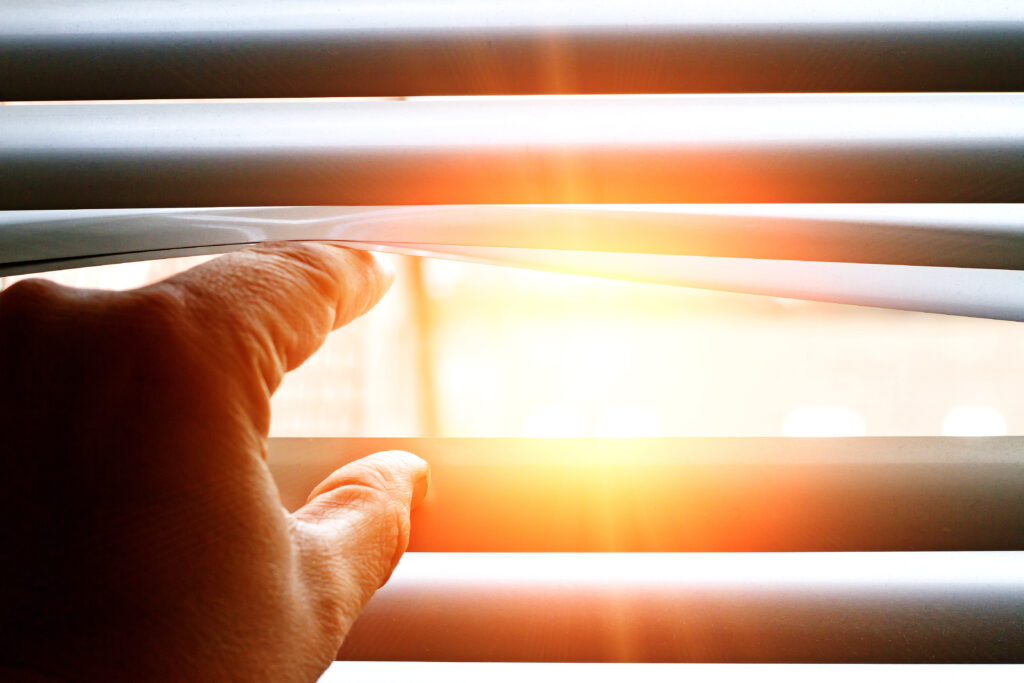
Simply put, these ratings are measurements of a window’s ability to insulate and block heat transfer from the sun.
U factor refers to how much heat can be transferred through a window. Typically on a scale from 0.15 to 1.20, the lower the u-factor, the less heat can pass through.
SHGC, or solar heat gain coefficient, measures how much solar radiation passes through a window. Expressed as a number between 0-1, the lower the SHGC, the less solar heat can pass through.
Both U-factor and SHGC are important to consider when looking for the most energy-efficient windows. Lower U-Factor ratings result in better energy efficiency in all climates. Whereas, in warmer climates, lower SHGC is preferable – and vice versa.
Double-glazed vs. triple-glazed windows
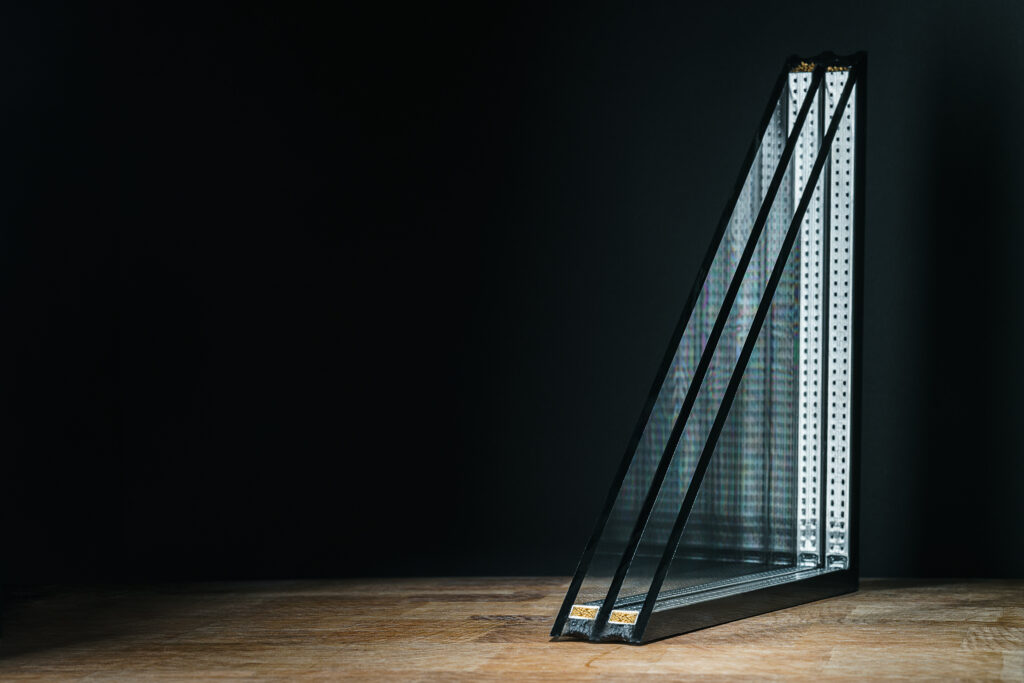
Double-glazed windows have two panes of glass with an insulating layer, whereas triple-glazed windows have three panes with two insulating layers. Triple-glazed windows offer better insulation but at a much higher cost point. Triple-glazing is generally only necessary in very harsh weather conditions. In most Australian climates, double-glazing is the preferred option.
Low-E coatings and gas fills
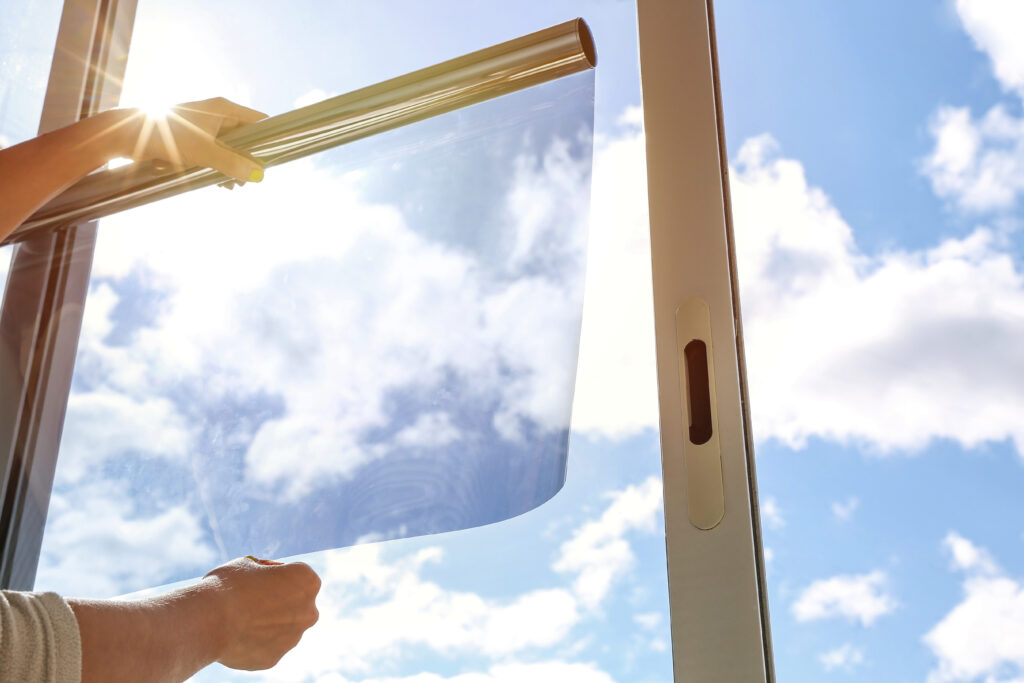
Low-E (low emissivity) are thin, transparent coatings applied to the surface of the glass. Designed to reduce the amount of heat transferred through the glass – keeping your home cooler in summer, and warmer in winter.
Gas fils involve a process of filling the space between two panes of glass with a gas. The density of the gas helps to provide additional insulation. Resulting in reduced heat transfer, as well as noise transmission.
Both of these features can further improve a window’s energy efficiency by reflecting heat and blocking UV rays.
Window orientation and shade
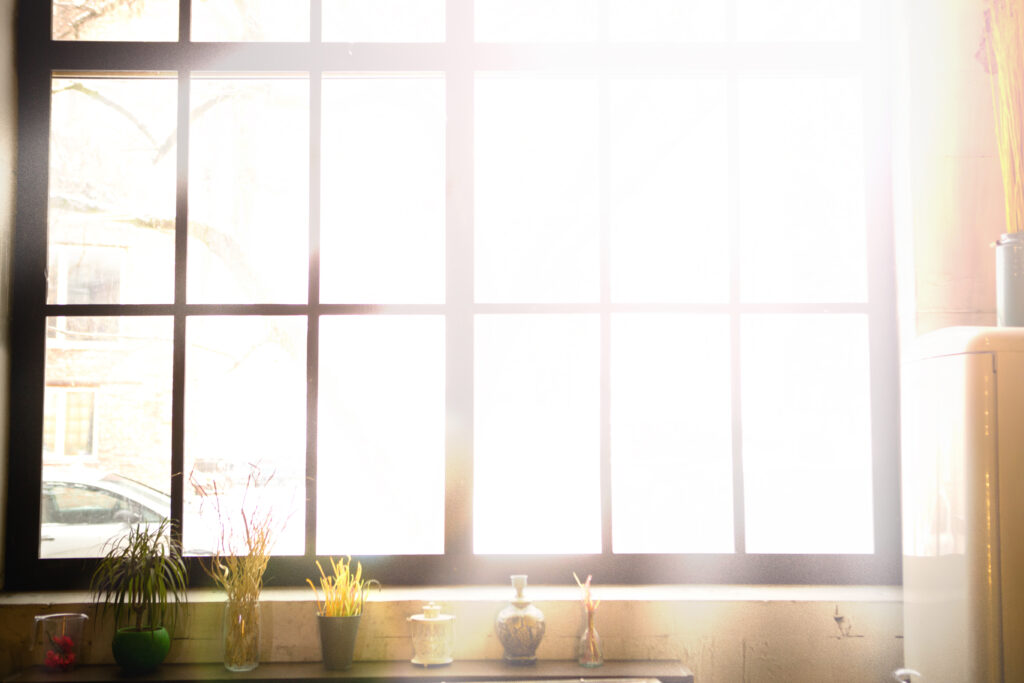
The direction a window faces and the amount of shading it receives can also impact energy efficiency. South-facing windows receive the most sun and benefit from shading devices, like awnings.
Factors to Consider When Selecting Windows for Retrofitting or Renovating Older Homes
When it comes to selecting the right type of window for your home, there are several factors to consider. While aesthetics are important, it’s also important to think about functionality, energy efficiency, and of course budget.
Matching the Style of Your Home
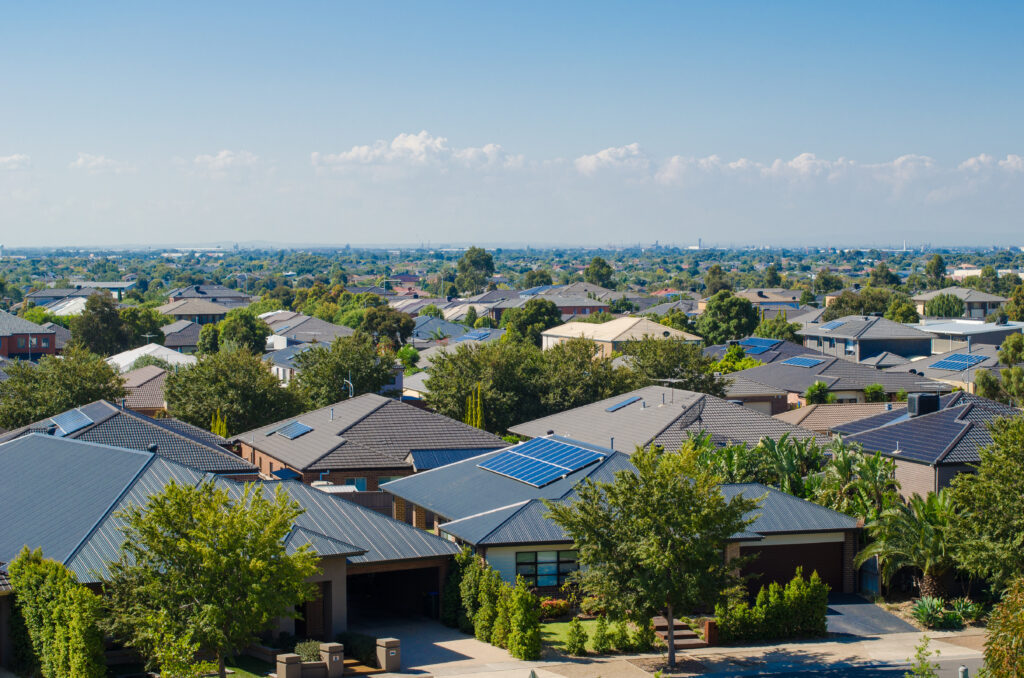
One important factor to consider is the style of your home. Different window styles work better with different architectural styles. For example, traditional homes may look better with double-hung, casement or awning windows, while modern homes may benefit from the clean lines of sliding or fixed windows. Consider the overall aesthetic of your home and choose a window style that complements it.
Choosing the Right Size and Location
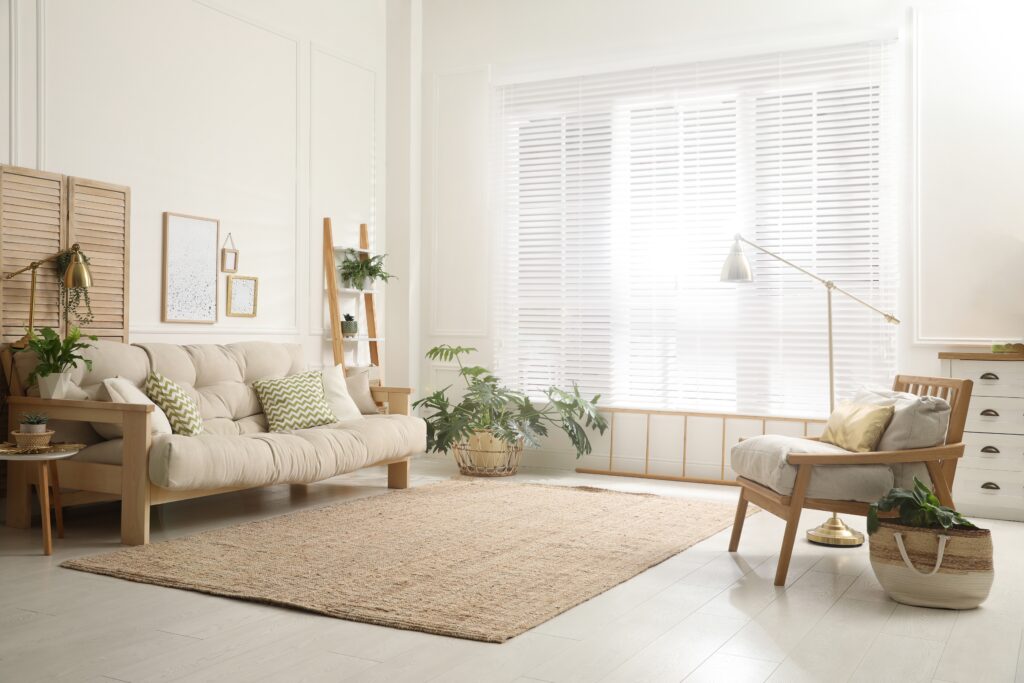
Another important factor to consider is the size and location of your windows. Each window in your house serves a purpose, so you need a size and location that meets that purpose. For example, large fixed windows might be perfect to enjoy the view from your living room, but probably won’t be suitable for your bathroom – where smaller casement windows might be the perfect option to give you natural light and ventilation. Proper placement of windows is key to optimising the amount of sunlight and breeze in your home too, so think about the direction of the sun and prevailing winds when selecting window locations.
Balancing Aesthetics with Functionality
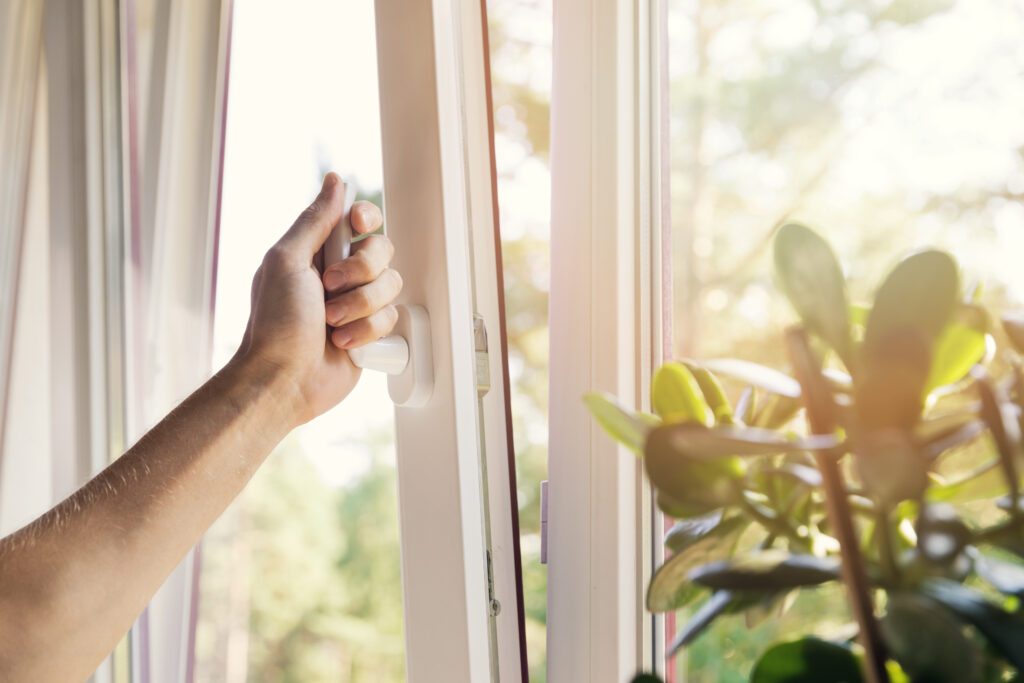
While aesthetics are important, it’s also important to consider functionality. Windows serve a variety of purposes, from letting in natural light and airflow to providing security and insulation. Think about the different functions your windows need to serve and choose a window style that meets your needs. You may also want to consider additional features, such as security locks, opening mechanisms or insulated glass, to improve the functionality of your windows.
Choosing the Right Time
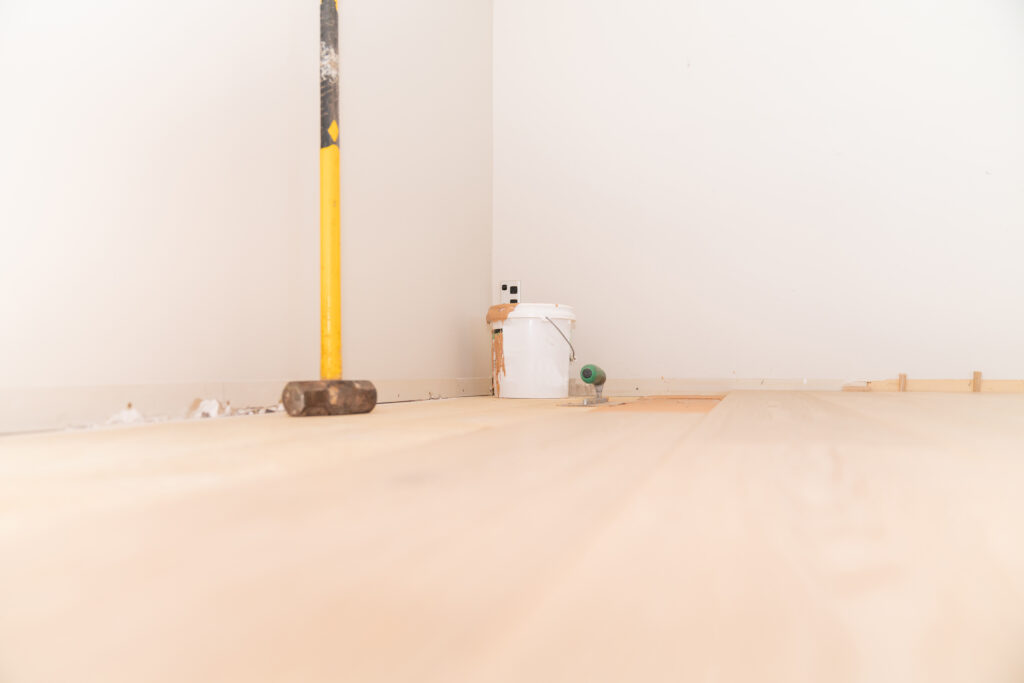
If you’re planning a full or partial home renovation, your windows should be one of the first things on that list. That’s because, even though a qualified professional can deliver an efficient and careful installation, it can be a somewhat messy process. You might need to cut out an extra few inches of brick to fit the desired windows or frames, and the last thing you want to deal with is brick residue on your freshly painted walls or laid carpets.
Staying Within Your Budget

As with any home renovation project, it’s important to keep your budget in mind when retrofitting your windows. Different window materials and styles come with different costs, so it’s important to choose a style that fits within your budget. Remember to keep in mind the long-term costs of different window styles, including maintenance and energy costs, when making a decision.
Using a Professional Retrofitter
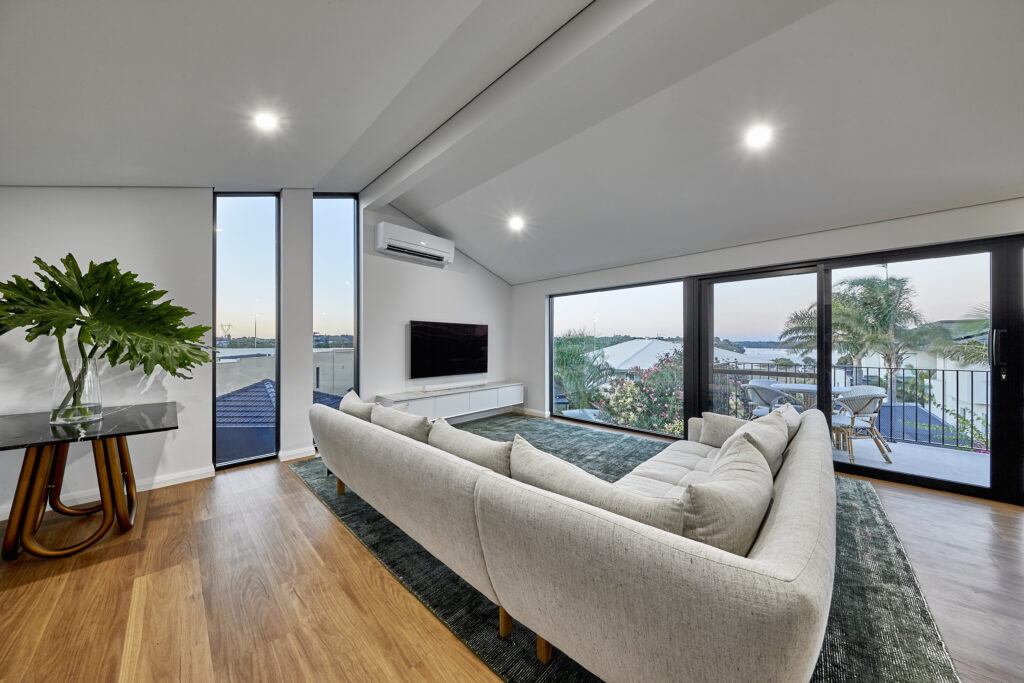
Choosing the right custom windows for your home is a big decision, but it’s not one you have to make on your own. By working with a professional window retrofitter, you can get expert advice on which type of window is best suited for your needs and budget. By consulting a professional, you will be able to identify a range of possibilities that you might not have ever considered.
It might seem like a money-saving scheme to retrofit yourself, but the process isn’t as easy as you think. And ultimately, it could cost you a lot more time, effort, and money.
Plus by using a qualified glazier, you’ll have the peace of mind that comes with knowing your windows will be installed correctly, using the best quality glass, and they will ultimately stand the test of time.
To learn more about the different types of windows available for retrofitting, and to get started on your project today, contact WA Custom Glass and take the first step towards a more energy-efficient, comfortable, and stylish home.


